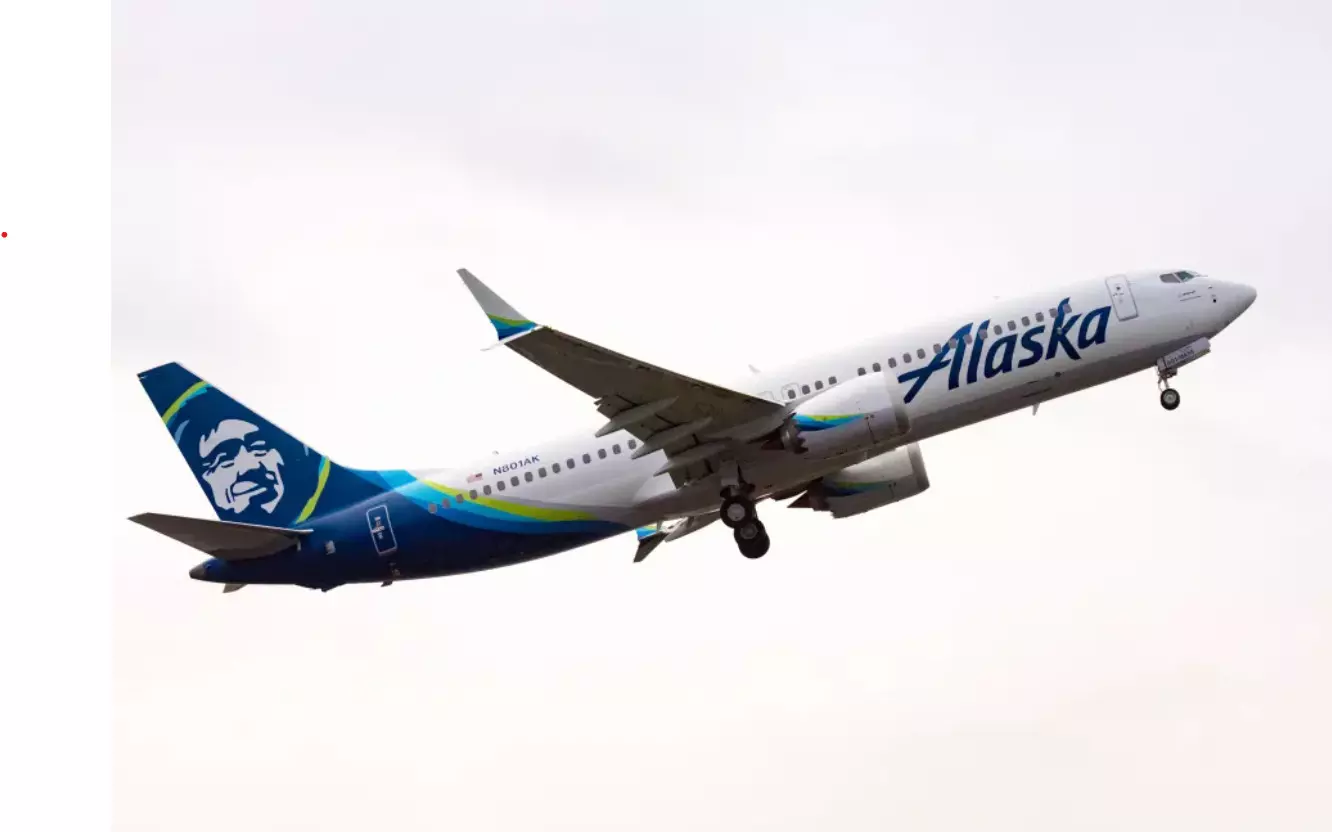An averted catastrophe

On January 5, Alaska Airlines' California-bound Flight AS-1282 narrowly escaped a catastrophe after the Boeing 737 MAX-9 aircraft experienced an "explosive decompression." Explosive decompression in flights refers to a sudden and rapid drop in cabin pressure, posing a significant challenge to the safety and well-being of passengers and crew. This phenomenon can occur when the structural integrity of an aircraft is compromised, leading to a sudden release of pressurised air. Such incidents may result from factors like a damaged fuselage, malfunctioning doors, or even structural weaknesses. In this case, the 'plugged' door of the aircraft blew out when the plane had climbed to a height of 4,876 meters. In flights, aircraft, depending upon their carrying capacity, feature either plugged doors or emergency exits. Regulatory measures require 737s carrying more than 190 passengers to have extra emergency exits. However, since the affected MAX-9 had a seating capacity of 178 passengers, it only had plugged doors. Plug gates function as a secure seal against the external environment during flight, maintaining the structural integrity of the aircraft and preventing any unintended release of pressurised air. It may be noted that following the Alaska incident, a preliminary investigation of the grounded planes by United Airlines revealed loose bolts and other "installation issues" on door plugs. However, a detailed investigation and more concrete findings pertaining to the incident are yet to follow. At the same time, Boeing CEO Dave Calhoun said, "We're going to approach this number one acknowledging our mistake," adding that they will proceed with "100 per cent and complete transparency every step of the way." However, to many, this appears only to be a smart crisis management public relations approach, and not without reason. It is a fact that pilots had reported pressurisation warning lights on three previous flights made by the specific Alaska Airlines Max 9 involved in the incident. Warning lights related to cabin pressurisation systems in aircraft are crucial indicators that alert the flight crew to potential issues that could compromise the safety and integrity of the cabin environment. It might not be wrong to say that the incident was not completely unanticipated. Following the warning lights, the jet had been prevented from making long-haul flights over water so that it "could return very quickly to an airport." It has been questioned by several experts whether the aircraft should have been allowed to fly at all if there was a risk. However, Jennifer Homendy, the chairperson of the National Transportation Safety Board, has asserted that the pressurisation warning light might be unrelated to Friday’s incident. The truth in the matter is subject to detailed investigations. Nevertheless, one thing is clear—in an age when technology has emerged as the most definitive factor, simple engineering flaws and institutional negligence cannot be expected to risk the lives of people. Reports suggest that in more unfortunate scenarios, the lives of the 171 passengers on board, along with the crew, could have been in serious danger. There have been numerous instances in the past when all the passengers and crew on certain flights lost their lives due to similar accidents—whether it be Turkish Airlines Flight 981 or American Airlines Flight 191, among several others. In fact, the Boeing 737 Max series itself has faced challenges in its history, marked by two fatal accidents involving the Max 8 model occurring within a span of five months in 2018 and 2019. The Boeing 737 MAX-9 is a member of the Boeing 737 MAX family, representing the latest generation of the highly successful Boeing 737 series. As an extended version of the 737 MAX-8, the MAX-9 offers increased passenger capacity and improved fuel efficiency. With a longer fuselage, the MAX-9 can accommodate more passengers, making it a popular choice for airlines operating in medium to long-haul routes. In what could be called a step in the right direction, federal officials in the US have ordered the temporary grounding of all Boeing 737 Max 9 jetliners operated by US airlines or flown in the US by foreign carriers until they are fully inspected. The decision has reverberated across many other prominent airlines. While flight operations are affected, the lives of people have been duly accorded the highest primacy.



